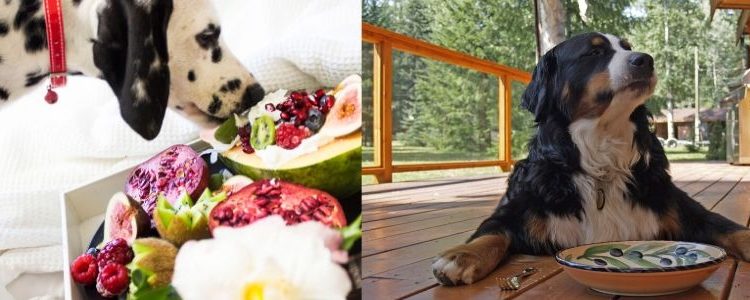What Ingredients to Avoid in Dog Food: It is very important to keep your dog healthy, which can be very costly if you don’t.
There are so many dog foods that are being manufactured, and some companies may use some harmful ingredients without your knowledge. You might think you are feeding your dog with the right food ingredients, but they are bad.
There are a number of dog food ingredients to avoid. You should always be on the lookout for the bad ingredients in dog food so that you can feed your dog with healthy dog food.
If you don’t know what to avoid in dog food, don’t worry as we are going to look at some of the ingredients below.
Contents
What Ingredients to Avoid In Dog Food
Below are some of the ingredients to avoid in dog food, this will help your canine eat healthier food and always be healthy.
Ethoxyquin
The Ethoxyquin (EMQ) is a quinoline-based antioxidant used as a food preservative in some pet foods to slow the development of rancidity of fats
The ingredient has been approved by the FDA in small amounts and it’s believed to be non-toxic. Although, it has been found that there are some adverse effects when your pet eats more than the required amount or dosage.
Some people say that ethoxyquin in pet foods might be responsible for quite a number of health problems to your pet.
Research done summarized has shown some health effects to animals exposed to varying levels of ethoxyquin. Some of the effects include loss of weight, organ damages, liver damage, discolored skin, or fur.
To ensure your dog eats safe food, look for a company or products that are well preserved.
Monosodium Glutamate (MSG)
Monosodium glutamate (MSG), also known as sodium glutamate is one of the common ingredients used as a flavor in dog food.
Monosodium glutamate is derived from the amino acid glutamate, or the glutamic acid, one of the abundant amino acids in nature.
MSG is considered to be unnecessary as it is said to increase the appetite of your dog. This could lead to your dog eating more and in the end, lead to obesity.
Butylated hydroxyanisole & Butylated hydroxyanisole
Butylated hydroxyanisole (BHA) and butylated hydroxytoluene (BHT) are compounds that are used as a preservative in animal foods as well as human foods.
They are often added to foods to preserve fats and oils and keep them from becoming rancid. They are mostly added to foods that contain fats to maintain nutrient levels, flavor, color, and odor. The ingredient is found in most dog foods. There is great concern about the safety of this ingredient. In some countries, it has been banned and therefore considered a bad ingredient in dog food.
Research has shown these chemicals can lead to cancer in animals. BHT and BHA are also linked to kidney damage, low thyroid hormones, and low testosterone. As much as they are safe in low quantities, they should be placed in that category of what to avoid in dog food
Copper Sulfate
Copper sulfate is an inorganic compound that combines sulfur and copper. Copper is an important mineral in your dog’s health as well as well-being. If consumed in large amounts it can be harmful to your dog. It has low absorption in the canines. This makes it one of the dog food ingredients to avoid in large quantities.
There is a certain amount of copper (7.3 mg) per kilogram of kibble serving that your dog food should not exceed. It is always good to ensure that your dog has the right amount of serving to ensure the copper is not toxic. If it eats excess copper, it might lead to organ failure and excessive urination, and diarrhea.
Xylitol
Xylitol is a naturally occurring substance that is commonly used as a sugar substitute.
Xylitol is safe for use in humans, although it is very toxic to dogs. A small amount of xylitol can cause hypoglycemia, liver failure, vomiting, seizures, or even death in dogs. If you want your dog to live a healthy life, it’s good to eliminate this ingredient in their diet.
Food Dyes and Artificial Coloring
Food Dyes and Artificial Coloring are not very important in dog food but you will often find them in many dog food brands found in our stores.
The artificial coloring does not add any nutritional value; therefore it is not necessary for them to be added.
If you want your dog to eat healthy food, consider buying food that does not contain a lot of food dyes and artificial coloring.
Some of these artificial colorings contain a lot of chemicals that can lead to allergic reactions and even organ damages.
Propylene Glycol
Propylene glycol is a substance that is commonly used as a food additive or ingredient in a number of cosmetic and hygiene products.
This substance has been declared safe for use in foods by the US and European food authorities.
Propylene glycol is used as a humectant to keep moisture in semi-moist dog foods. The ingredient is good when consumed in smaller amounts but harmful in larger quantities.
